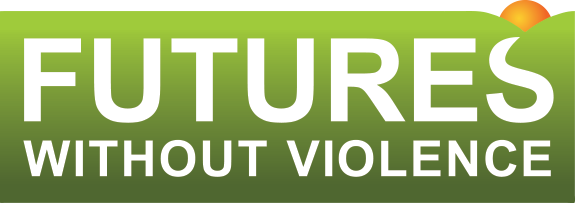The Stronger Child Abuse Prevention and Treatment Act
CAPTA:
The Child Abuse Prevention and Treatment Act is the cornerstone of the nation’s efforts to prevent child abuse and neglect. First passed in 1974, CAPTA provides grants to states to prevent child abuse and neglect, improve how systems respond to it and funds small amounts of training and research on how to reduce maltreatment. It has been reauthorized numerous times, most recently in 2010. It has also been amended since then to better address the overlap of substance use disorder and child maltreatment. While the majority of funding for the child welfare system actually goes to fund foster care placements for children after they have been removed from their homes due to neglect or abuse, CAPTA funds community-based services that help prevent the need for foster care. For a more complete history of CAPTA and explanation for all that it includes, please see: https://www.childwelfare.gov/pubs/factsheets/about/, or https://www.casey.org/child-abuse-prevention-treatment-act/.
The 2010 reauthorization of CAPTA was noteworthy in that it included an increased emphasis on addressing domestic violence among families involved in the child welfare system.
Specifically:
- Requiring the U.S. Department of Health and Human Services (HHS) to disseminate information on effective programs, practices, and training resources related to domestic violence in a child welfare context and to collect information on the incidence and characteristics of child maltreatment and domestic violence co-occurrence;
- Authorizing HHS to provide training and technical assistance to providers of mental health, substance abuse, and domestic violence prevention services for prevention, assessment, identification, and treatment of child maltreatment, and to provide information on training resources to domestic violence personnel on interacting with child abuse and neglect investigations and interventions.
- Supporting research on effective collaboration between child protective services and domestic violence services, and including both domestic violence services and collaboration between child protective services and domestic violence agencies, through CAPTA state grants.14
The 2010 CAPTA reauthorization created a new category of “allowable services” under CAPTA for “developing and implementing procedures for collaboration among child protective services, domestic violence services, and other agencies in (a) investigations, interventions, and the delivery of services and treatment to appropriate and (b) the provision of services that assist children exposed to DV and that also support the caregiving role of non-abusing parents.”15
For a more detailed summary of how CAPTA addresses the overlap of domestic violence and child abuse, and how states adapted, see the following report: (report is linked below).
Report (2014) on 2010 bill and how it addresses DV: https://www.futureswithoutviolence.org/child-abuse-domestic-violence-putting-capta-to-work/.
A updated and improved version of CAPTA, known as the Stronger Child Abuse Prevention and Treatment Act passed the House of Representatives in March of 2021 Link: https://www.congress.gov/bill/117th-congress/house-bill/485/text, and the Senate passed their version of the bill out of the Health, Education, Labor and Pensions subcommittee in June 2021. Link: https://www.congress.gov/bill/117th-congress/senate-bill/1927. It now awaits a final vote on the Senate floor.
For a summary of the of the latest version of the bill that passed the Senate HELP committee, see here.





